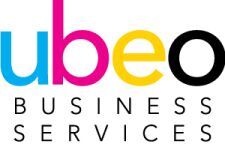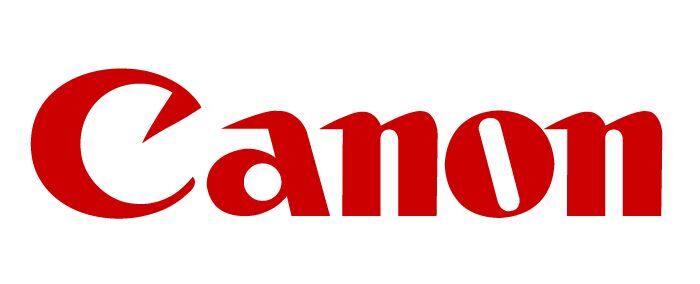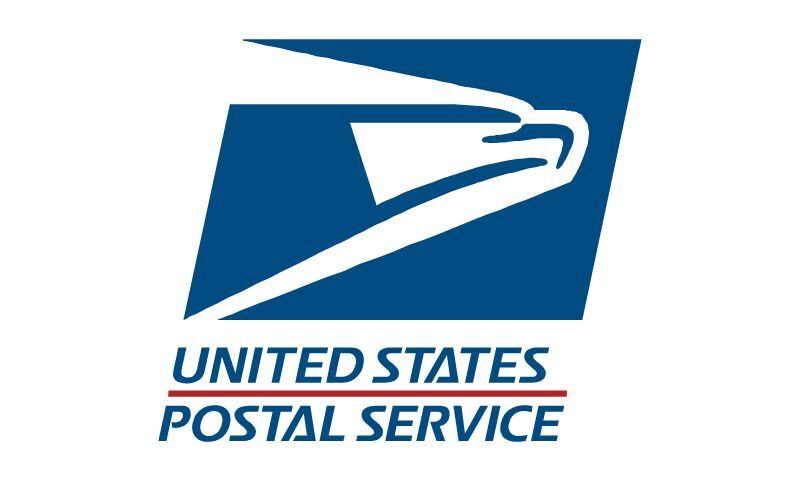FAQs
Here you'll find answers to many common questions. If you don't see what you need, call us or send an email.
- What type of products and services do you provide?
- How do I go about getting a quote from you?
- At what resolution should I save my photos and graphics?
- What is a proof and why is it important that I look at it?
- Why do the printed colors look different from the colors on my screen?
- What is the Pantone Matching System?
- Is white considered a printing color?
- What file format should I use when submitting my electronic document for printing?
- Once I submit the documents, how long will it take to finish my job?
- What forms of payment do you accept?
- Does Roadrunner offer storage?
- What is variable data printing?
- What does personalization mean?
- Are you a “green” company?
- Can you scan and send electronic files of my artwork?
- What are the ‘standard’ envelope sizes?
- What is EDDM?
-
What type of products and services do you provide?
Good question! We are a full service shop and offer a complete range of digital printing, custom shape cutting and direct mail services. To see a full listing and description of what we can offer you, check out the Print & Direct Mail and Print & Pack pages.
-
How do I go about getting a quote from you?
Well, since you're here, we suggest you use our on-line ordering, or get a quote form. Otherwise, the best way to ensure that we get all the information necessary to accurately estimate is to give us a call. You can also send an email request to gm@roadrunnerprintmail.com.
-
At what resolution should I save my photos and graphics?
Resolution should be set to 300 dpi.
Pictures and graphics pulled from the internet are often low resolution, typically 72 dpi or 96 dpi. Avoid these graphics, as they will appear pixilated and blocky when printed.
Also note that you should save all photos in CMYK mode, not RGB mode, when possible. Images saved in RGB mode may not print properly. If you are unable to save your image in CYMK mode, please let us know.
Lastly, if you are sending native files, please attach any special fonts or add-ins for your file.
-
What is a proof and why is it important that I look at it?
In printing and mailing terms, a proof is a one-off copy of your document, data and mail package before your final project is processed. It is your last and best opportunity to make sure that your job comes out the way you want. By carefully inspecting the proof, you can help us assure an accurate, flawless delivery of your job.
-
Why do the printed colors look different from the colors on my screen?
In short, printers and monitors produce colors in different ways.
Monitors use the RGB (red, green, blue) color model, which usually supports a wider spectrum of colors. Printers use the CMYK (cyan, magenta, yellow, black) color model, which can reproduce most—but not all—of the colors in the RGB color model. Depending on the equipment used, CMYK generally matches 85–90% of the colors in the RGB model.
When a color is selected from the RGB model that is out of the range of the CMYK model, the application chooses what it thinks is the closest color that will match. Programs like Adobe Photoshop will allow you to choose which color will be replaced. Others may not.
-
What is the Pantone Matching System?
The Pantone Matching System (PMS) is a color reproduction standard in which colors all across the spectrum are each identified by a unique, independent number. The use of PMS allows us to precisely match colors and maintain color consistency throughout the printing process. We don't use Pantone print process, but the colors can be translated to CMYK.
-
Is white considered a printing color?
Not typically. Because white is the default color of paper, it is simply recognized as the absence of any ink. However, when using colored paper, white ink may be used if any text or graphic requires it.
-
What file format should I use when submitting my electronic document for printing?
PDF (Portable Document Format) is the most common and preferred file format for submitting digital documents. With the installation of a PDF print driver on your computer, virtually any program can generate a PDF file suitable for printing. Both commercial and free PDF print drivers are available online for download from different sources.
-
Once I submit the documents, how long will it take to finish my job?
Simple jobs are often completed same day. Some jobs, however, may take several days to complete depending on their complexity and size. We always strive to provide an accurate estimate of the turnaround time for each job we do. And we’ll always work with you to find ways to complete your project when you need it.
-
What forms of payment do you accept?
We accept company check, all major credit cards and cash. We can also set up a business account for you, as well. Contact us for details.
-
Does Roadrunner offer storage?
Yes. We offer storage for large, on-going, regularly scheduled mailings. Minimum quantities may apply. We hold "Excess" material for up to one month. You can arrange our delivery of your excess materials for a fee, or notify us of your pickup date. Any excess after one month is sent to recycle.
-
What is variable data printing?
Variable data printing is technology for printing documents so that each piece is personalized to the specific recipient. At the most basic level, this means personalizing a name and address. But for real impact, many projects include unique graphics and content that speaks directly to the recipient.
-
What does personalization mean?
Personalization is another term for variable data—technology for printing documents so that each piece is personalized to the specific recipient.
Personalizing can be as simple as a unique name and address on every printed piece. But more sophisticated levels of personalization can include text or images that vary based on data specific to the recipient, or data-driven graphics such as a sales person's photo, or pie chart illustrating something specific to the recipient.
-
Are you a “green” company?
Absolutely! We take very seriously our role in preserving the environment and integrate numerous green practices into our daily operations. In addition to energy-efficient equipment and chemical-free technologies, we can perform many print jobs using recycled paper stock. And we recycle unwanted excess materials. If you would like to use recycled paper for your next print job, let us know. You’ll be pleased with the results and feel good about helping the environment, too.
-
Can you scan and send electronic files of my artwork?
Yes. We can scan your artwork and save electronic versions.
-
What are the ‘standard’ envelope sizes?Business Envelopes:
-----------------------------
USPS Letter Size__(# 7)…..3.75" x 6.75"
USPS Letter Size__(Monarch)…..3-7/8" x 7.5"
USPS Letter Size__(# 8-5/8)…..3-5/8" x 8-5/8"
USPS Letter Size__(# 9)…..3-7/8" x 8-7/8"
USPS Letter Size__(#10)…..4-1/8" x 9.5"
USPS Letter Size__(#10-1/2)…..4.5" x 9.5"
USPS Letter Size__(#12)…..4.75" x 11"Announcement Envelopes:
--------------------------------------
USPS Letter Size__(A2)…..4-3/8" x 5.75"
USPS Letter Size__(A6)…..4.75" x 6.5"
USPS Letter Size__(A7)…..5.25" x 7.25"
USPS Letter Size__(A8)…..5.5" x 8-1/8"Booklet Envelopes (flap is on the long edge):
---------------------------
USPS Letter Size__(#6 Booklet)…..5.75" x 8-7/8"
USPS Letter Size__(#6-1/2 Booklet)…..6" x 9"
USPS Letter Size__(#6-5/8 Booklet)…..6" x 9.5"
USPS Flat Size__(#9 Booklet)…..8.75" x 11.5"
USPS Flat Size__(#9-1/2 Booklet)…..9" x 12"
USPS Flat Size__(#10 Booklet)…..9.5" x 12-5/8" -
What is EDDM?
EDDM stands for Every Door Direct Mail and is a bulk mailing option offered by the United States Postal Services that allows you to reach potential customers within a targeted neighborhood or ZIP code, without knowing their addresses.
Minimum Size: Be greater than either 6 1/8 inches high or 10.5 inches long on one side.
Maximum Dimensions: No side can be longer than 15 inches or 12 inches high.
Weight: Cannot weigh more than 3.03 ounces.
Thickness: Must be thicker than 0.007″ and less than . 75″ thick.




